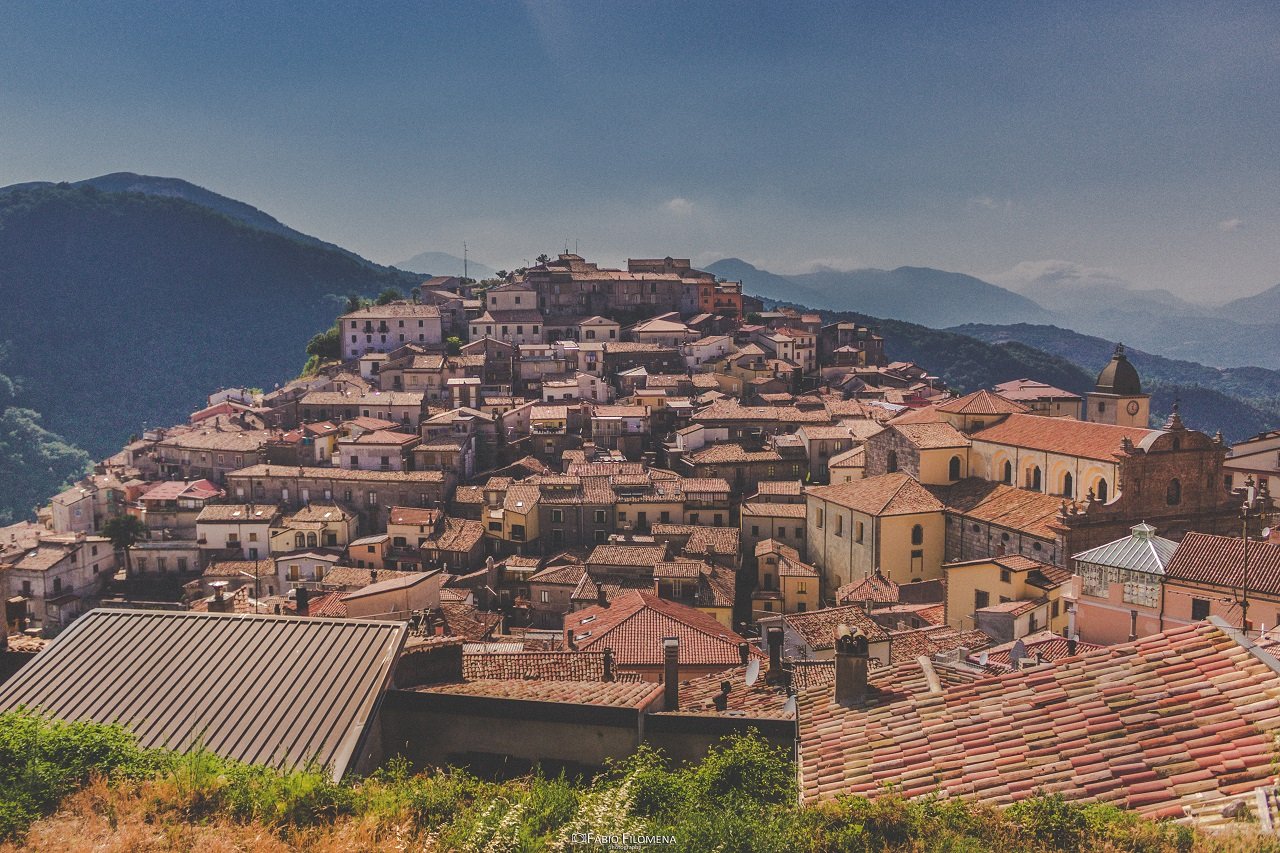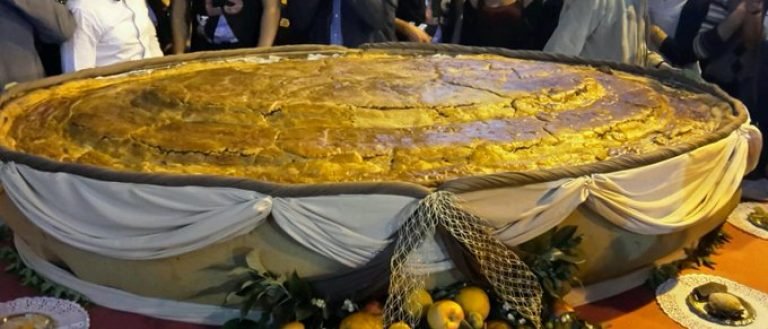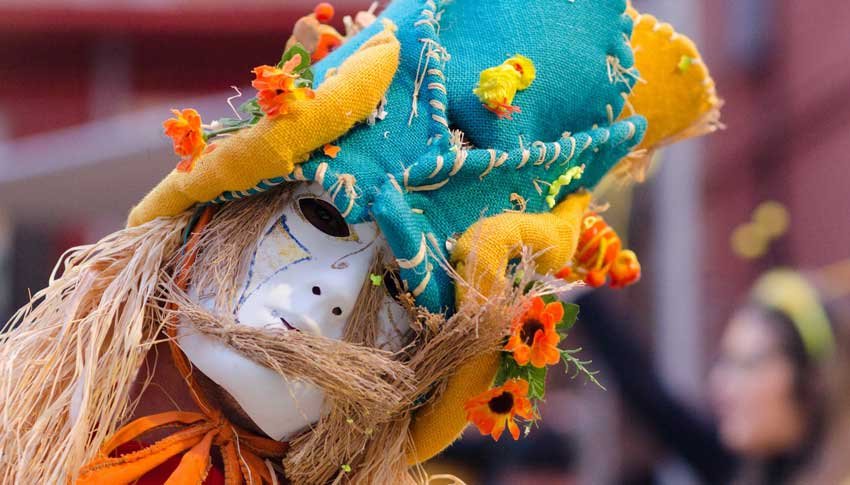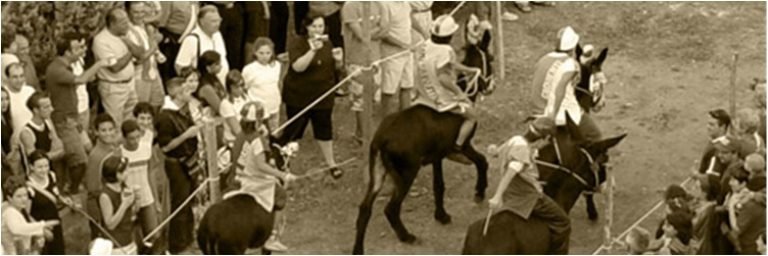Banquet, banquet, takes place on 19 March, the day of St Joseph's Day. The tradition goes back a long way, to the years when wealthy, noble and powerful families, in devotion to St Joseph, opened their kitchens to the poor by offering them a hot dish made of a few ingredients from their fields. Over the years, when economic conditions permitted, there were many families, throughout the country, who, again in devotion to the Saint, offered lunch. Today, this tradition is looked after by the 'Don Francesco Leone' Social Centre and attracts many visitors.
Events
Event Management
Feast of Bocconotto
Bocconotto is the traditional Mormanno sweet. To say bocconotto is to say Mormanno. Its origins date back to a peasant past where the ingredients of the earth were used to create true masterpieces in the kitchen, capable of providing much needed energy for work in the fields. The Bocconotto is so characteristic of Mormanno that for a few years now the municipal administration has dedicated an entire day to Re Bocconotto, which weighs about 2 quintals and is distributed to tourists in the square. Since 2018, the Bocconotto has been twinned with the Diamante Chilli Pepper and the Bocconotto Festival in Mormanno takes place in September immediately after the Diamante Chilli Pepper Festival.
Flag Day
The event, probably dating back to the 16th century, re-enacts an ancient early medieval battle that saw the population of Morano victorious over the Saracens. According to tradition, in the battle (which some say took place between the 10th and 11th centuries), one of the invaders - perhaps the garrison chief - was taken prisoner and later beheaded. The display of the Moor's bleeding head in the streets of the village testified to the population that victory had been achieved.
In the most recent editions, the Flag Festival has been enriched with stage sets, Renaissance-era costumes, flag-wavers, arquebusiers and pistoliers, and men-at-arms.
The serpentine shape and elevated position of the street where the historical parades take place makes it possible to enjoy the extraordinary beauty of the hand-crafted clothes, enhancing the composite scenic and narrative elements that, year after year, enhance the event, qualifying it as one of the best in the area.
The Carnival of Castrovillari
The origins of the Castrovillari Carnival date back to 1635, when the theatrical farce of Organtino was performed in front of the city's university building as part of the carnival rites.
The first event conceived by the Castrovillari Pro Loco dates back to 1959, when, thanks to the intuition of Prof. Vittorio Vigiano, the association's founder, the first edition of the Pollino Carnival and International Folklore Festival was organised. Over the years, the Pro Loco has developed, expanded and improved the event, giving the people back the role of the true protagonist, who went from being 'passive spectators' back to being 'main actors'. Recognised as the Carnival of Calabria, thanks to the grandeur of the event and its 60 uninterrupted editions, considered since the 1990s as one of the 10 most important carnivals in Italy, the Castrovillari Carnival is, to date, one of the most interesting traditional Italian carnival events. In confirmation of this, the most important event in the town of Castrovillari was included in 2017 by the Ministry of Culture and Tourism in the list of historic Italian Carnivals. These are great achievements that reward not only the Pro Loco del Pollino but also the entire town, as sixty years of Carnival represent for each and every Castrovillarese a wealth of experiences and intense emotions that encapsulate a part of personal history and that of the entire town located at the foot of the Pollino.
The intuition was to combine masks and folklore, a winning combination determined by the enormous popular participation that still characterises it today. A show that is masterfully integrated with folklore and that has seen the participation in the event of groups from all over Italy and the world. To broaden the offer, the Pro loco organises, within the programme, multiple cultural, artistic and sports activities. In addition to the masked groups' competition, which since 1989 has put the groups' imagination and creativity in 'competition', there are other events aimed at raising the cultural level of the Carnival itself. Among the best known are the Carnival Prize awarded to Calabrian personalities from the world of culture and work who have distinguished themselves for their skills, professionalism and achievements; the Focus through cultural insights into a nation or a specific geographical area, chosen each year by the organisers, is expressed through a series of events, shows, seminars, exhibitions, cineforums, food and wine reviews, organised by the Pro Loco del Pollino scientific council; the Seminar of StudiesDemoethnoanthropologicalan event that has been linked, over time, to the School Competition with the aim of both delving into Carnival themes, with the help of teachers who are experts in cultural anthropology, history of popular traditions and ethno-history, and of awarding prizes to students who distinguish themselves with an original composition after participating in a lectio-magistralis.
The sixty-first edition will take place over 10 intense days, from Sunday 24 February to Tuesday 5 March 2019, and is structured as follows: the coronation of King Carnival (Maundy Thursday), which officially kicks off the event, followed by an event that has now become a feather in the organisers' cap: ''a Sirinata dà Savuzziza'. Retracing Castrovillaresi traditions when 'the people' disguised themselves as 'men of culture' (mayor, doctor, lawyer....) and with musical instruments of the time, they 'knocked' on the doors of the 'scholars', staging music and songs in exchange for wine and sausage. Today, the 'sirinata' is organised in spontaneous themed groups that, along a pre-established route through the town centre, symbolically knock on the doors of the 'vasci' (commonly called 'vasci' because they represented the places where food was stored), performing jokes, music and dancing in exchange for wine and food. Fun is guaranteed for a public unceasingly involved in moments of hilarity and carnival spirit on an evening when, of course, wine and sausage (as well as various Castrovillaresi specialities) are offered free of charge. The heart of the Castrovillari Carnival are the two parades of masked groups and floats, scheduled for Sunday 3 and Tuesday 5 March 2019.
The Palio cu i Ciucci
It may not be known as the Palio di Siena, but it is precisely from the competition in the form of a Tuscan equestrian joust that the Palio cu i ciucci originates, which has been animating the challenge between the contradas of the town of Laino Borgo for 22 editions. The Laino man, Settimo Rossi, married to a contradaiola from Siena, decided to replicate it, Calabrian-style, and in 1976 began the competition between the districts that make up the town in the Pollino National Park, which, instead of horses, use donkeys for the race, challenging each other in a community-flavoured horse joust.
This enthralling tournament between the Cagghienti (twinned with Mauriani), Casalettu Vavuosu (twinned with Scala), 'Mbedi u burgu (twinned with Iannieddu), Sant'Antonio (twinned with Vuccalupu Pidali) districts returns on 12 and 13 August, Sant'Agustinu (twinned with Chianetti), San Biasu (twinned with San Primu and Santo Ianni), Santu Vastianu (twinned with 'Ncanica) who will compete for the final victory in a two-day event involving all citizens. Organised by the Pro Loco with the patronage and financial support of the municipal administration, the event has gone from being a local event to becoming a major attraction, attracting tourists, the curious, and fans of the genre to the city.
In the best tradition of the palio, the evening before the race there is the traditional 'eve dinner', during which the districts gather together to eat traditional country dishes: pasta and beans, stew with peppers, roast sausage, fusilli, tripe, pork rind and beans. A rendezvous with local gastronomy useful for promoting the 'fagiolo poverello' bean.
For the competitive aspect, however, the race is declared the winner when one of the dummies completes the entire three laps of the field envisaged within the competition perimeter created in the market area of the municipality of Laino Borgo, near the Town Hall, which is set up with a beaten earth ground and bordered by straw bales in full respect of the competing animals. The winner, however, is also the so-called shaken dummy, i.e. the dummy that crosses the finishing line first (after the regulation three laps) without its jockey.





